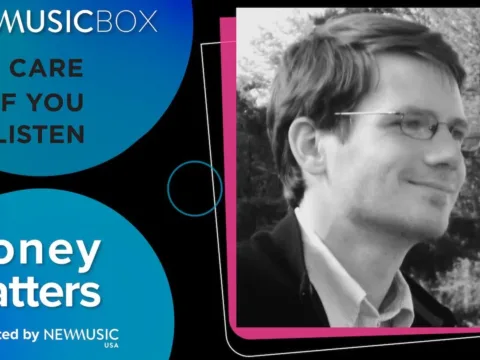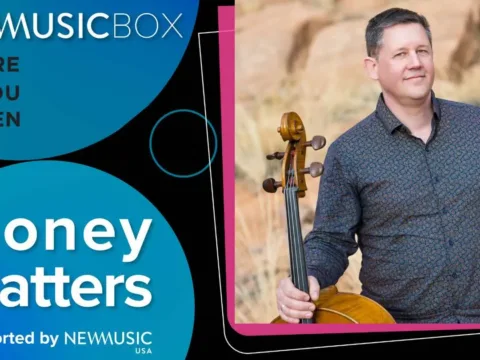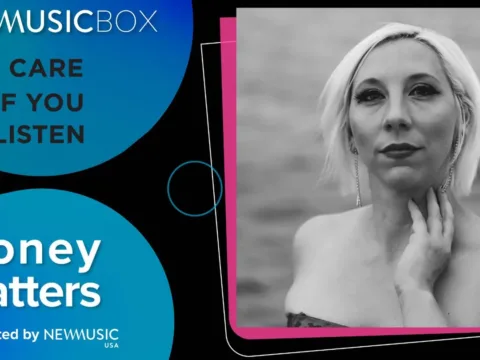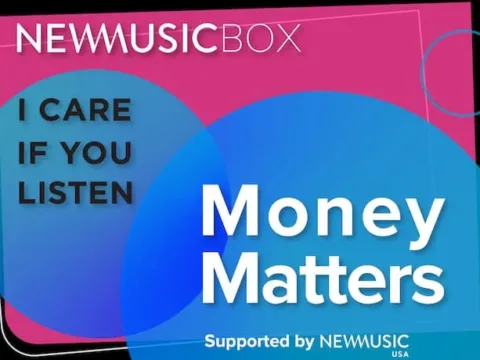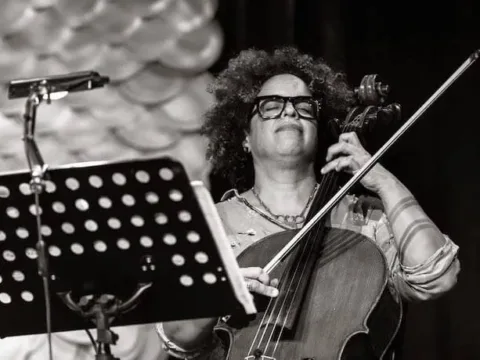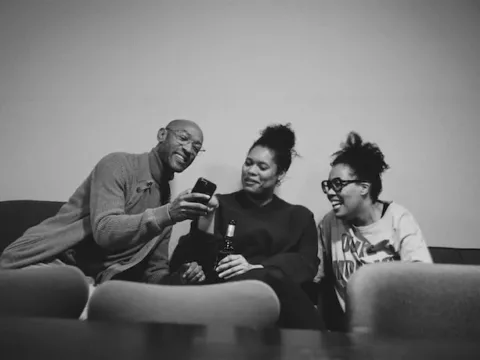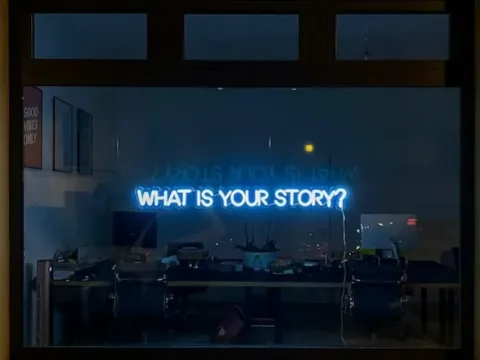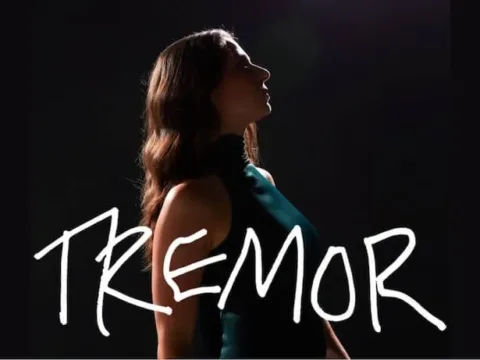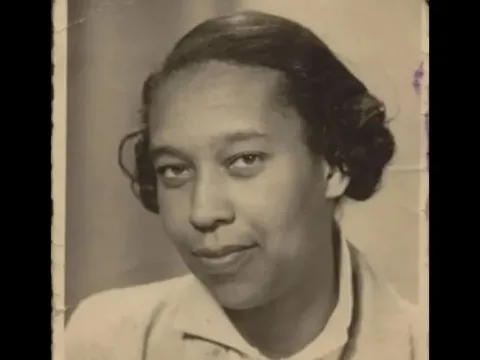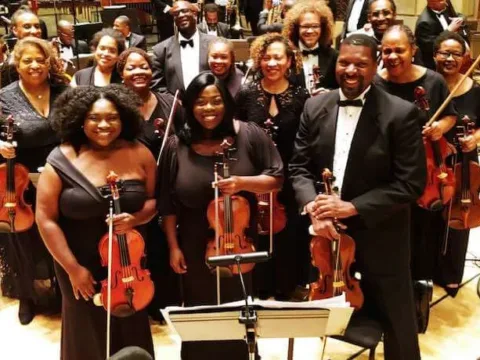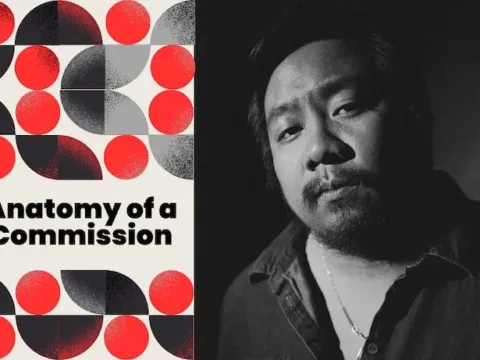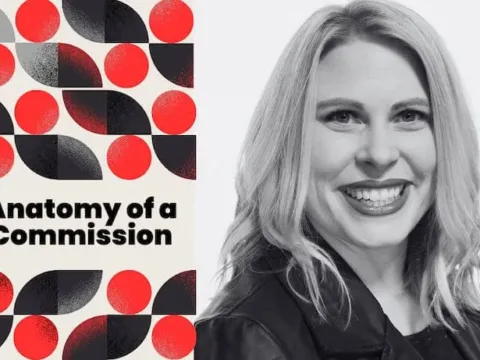As the Editor-in-chief of I CARE IF YOU LISTEN, I wish I heard from more independent artists directly. I value the close working relationships that I have built with publicists over the years, but the bottom line is that engaging a publicist costs money, and this barrier often cuts me off from the very people I am trying to reach, support, and promote.
There seems to be a consensus among artists that publicists are the only ones who are “allowed” to contact publications, and this couldn’t be further from the truth. That said, there are a number of frequent missteps and misconceptions that prevent independent artists from successfully advocating for themselves. In order to demystify the process, here is the best advice I can give to artists pitching their own projects to media outlets.
Do your research
Yes, this is the same #1 advice as our popular “10 Things to Consider When You’re Submitting an Album for Review” because it’s that important. Before reaching out to media platforms, take a minute to evaluate your goals for your project.
- Are you interested in promotional preview coverage to help raise awareness of your work?
- Are you looking for a critical review that will hopefully yield a nice new pull quote for your bio?
- Who is your target audience?
Once this vision is clear, invest time in familiarizing yourself with a small handful of target platforms to ensure that your goals align with their content and readership. Failure to demonstrate basic knowledge about the publication’s offerings, areas of specialization, geographic restrictions, and editorial priorities will likely result in a pass on your pitch. On the other hand, being able to convincingly advocate for why your project is a good fit for the publication is a major plus! Four basic areas to consider are:
1. Genres of art covered
While some arts publications cover a multitude of genres, others are more specialized. I CARE IF YOU LISTEN covers the somewhat elusive genre of “new music,” which includes contemporary classical music and the adjacent genres of experimental music, electronic music, contemporary jazz, and improvisation.
2. Types of coverage
Look at the types of articles typically published by each outlet (i.e. reviews, interviews, etc.) to see if your goals for coverage align with their offerings. At I CARE IF YOU LISTEN, we currently publish a unique blend of critical and promotional content, including album reviews, concert reviews, interviews, track/album/video premieres, artist-curated playlists, and essays.
3. Geographic location
Find out if the publication’s coverage is restricted to a specific geographic region and assess whether or not this matches your target audience. Despite the common misconception that I CARE IF YOU LISTEN is based in New York, we cover artists and projects throughout the United States and abroad.
4. Priorities and mission
Some publications like I CARE IF YOU LISTEN have specific editorial priorities and a broader organizational mission guiding their content curation. With our move to join American Composers Forum in September 2020, our ongoing commitment to historically underrepresented and marginalized artists has crystallized into a primary focus on racial equity. We’re especially interested in covering projects that center BIPOC voices and provide positive examples of equitable programming.

Learn to write a well-crafted personal email
On an average day, I probably receive anywhere from 50-75 emails across multiple inboxes, and the vast majority of those emails only receive a 2-3 second glance. The emails that catch my attention tend to follow the same formula for success:
Personally address your email
I try to respond to all emails that are addressed, “Hi, Amanda.” Conversely, I rarely respond to emails that are addressed with generic greetings like, “Hey there!” Take the time to identify your top prospects and write to each publication individually. If you choose to use an email marketing service like Constant Contact or Mailchimp, be sure to test your merge tags and update your mailing lists frequently! No one likes getting an email addressed to “Hi, [firstname],” or even worse, to the wrong person.
Make a quick connection
As an independent artist, sending a cold email can feel daunting or awkward, but as long as you introduce yourself and make a connection, I promise you aren’t crossing some weird unspoken line. If someone gave you my email address, tell me who encouraged you to reach out! If you are cold emailing, just demonstrate that you know the publication. How is your work relevant to our areas of focus? Did one of our recent articles resonate with you?
Concisely explain your project
In a few sentences, give the who (performers, composers, etc.), what (opera, chamber music, etc.), when (date & time, album release date), where (venue, streaming link), and why (background info on the project–but keep this brief). Selective bolding is very helpful! An editor should be able to skim your email and get the gist of your project in 5 seconds or less.
Make a clear ask
For independent artists who are feeling nervous about emailing a publication directly, the tendency is often to vaguely insinuate goals for coverage and apologetically dance around the reason for the email. While it might feel uncomfortably bold or presumptuous, I strongly prefer emails that make a clear ask. Do you want a critical review? A preview piece? An interview? A calendar listing? It is not enough to say, “Let me know if you want to feature this project.” Instead try something like:
I hope you will consider…”
…Adding this event to your calendar listings”
…Reviewing this album/concert”
…Premiering this exclusive video”
Refer the reader to more information
Since the body of your email should be relatively short (preferably no more than two paragraphs), people need to know where they can find the details.
- For albums: link to a private press stream or attach a press release
- For concerts: link to an event page or attach a press release
- For interviews: link to your website with examples of your work
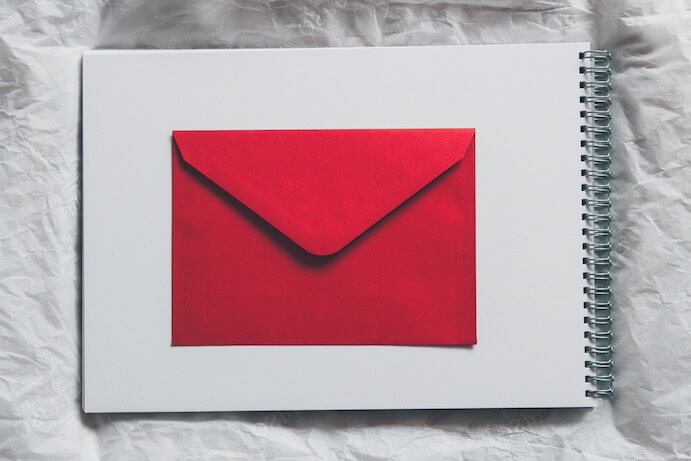
Have your basic assets ready to go
If you’ve piqued the interest of a publication, you should be poised to respond quickly to requests for more information, which can be housed on your website or in an electronic press kit (EPK).
Website essentials
You absolutely need to have a website. Period. Not an Instagram account. Not a Soundcloud page. A real website that, at the very least, serves as a convenient repository for the following items:
- A professional bio
- Hi-res downloadable photos with photo credit
- Embeddable multimedia examples of your work (hosted on YouTube, Vimeo, Soundcloud, Bandcamp, etc.)
One of the most frustrating things I encounter is being excited about featuring an artist, then spending an unnecessarily long amount of time scouring the internet to find a usable photo.
Once you’ve built a website, Google yourself! If your website doesn’t appear on the first page of a Google search, spend some time reading about Search Engine Optimization (SEO) best practices and using alt text to get your photos to appear in Google image searches.
EPK/Landing Page
For album reviews in particular, you’ll want to have an EPK in a Google Drive or Dropbox folder, or on a password protected landing page on your website with the following assets:
- Album download
- Streaming link
- Full press release with background information about the project and artist bios
- PDF CD Booklet
- Hi-res artist photos and album cover art

Was your pitch successful?
After the final article comes out, there are a couple of additional steps you can take to build a lasting relationship with the publication, say thanks, and increase the likelihood of getting your work covered again in the future.
Share on social media
Just as independent artists are continually looking to expand their reach, so are publications! A good social media manager will want to tag you and send traffic your way, so it’s helpful if your social media accounts are easy to locate and include your name. If a publication shares an article about your work on their social media channels, it’s good practice to share/retweet/repost on your personal channels and tag the publication.
Include press quotes in future materials
If you got a good pull quote from a review, consider adding the quote with credit to the publication on your website, in your artist bio, in future press releases, on in your email signature.
There’s plenty more that can be said on this topic, but these tips should hopefully help you get your foot in the door. My contact information can be found on our About Page, and if you have any additional questions, we are hosting a Q&A on our Instagram story today (which will be archived in our story highlights for future reference).
I CARE IF YOU LISTEN is an editorially-independent program of the American Composers Forum, funded with generous donor and institutional support. Opinions expressed are solely those of the author and may not represent the views of ICIYL or ACF. A gift to ACF helps support the work of ICIYL. For more on ACF, visit the “At ACF” section or composersforum.org.

